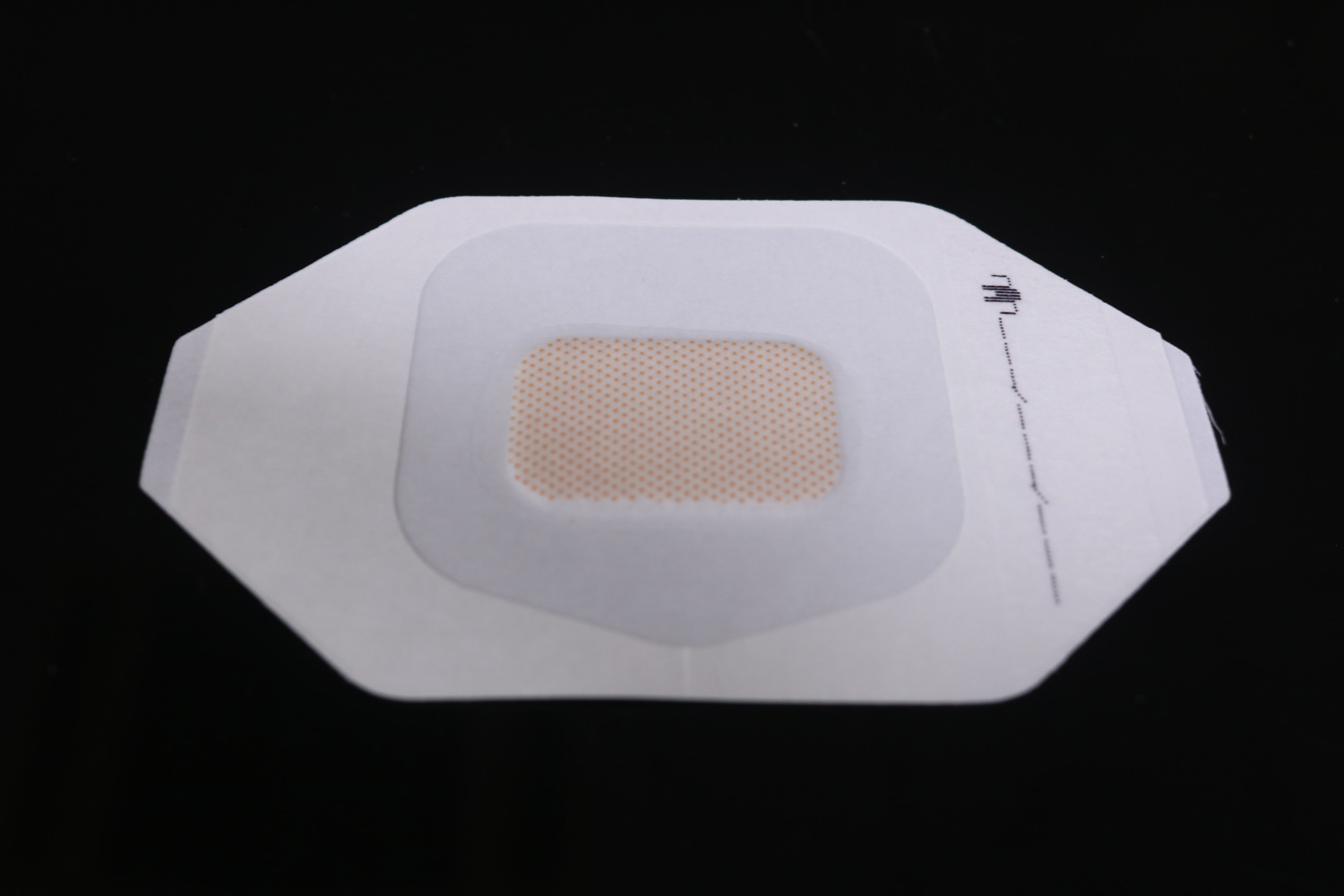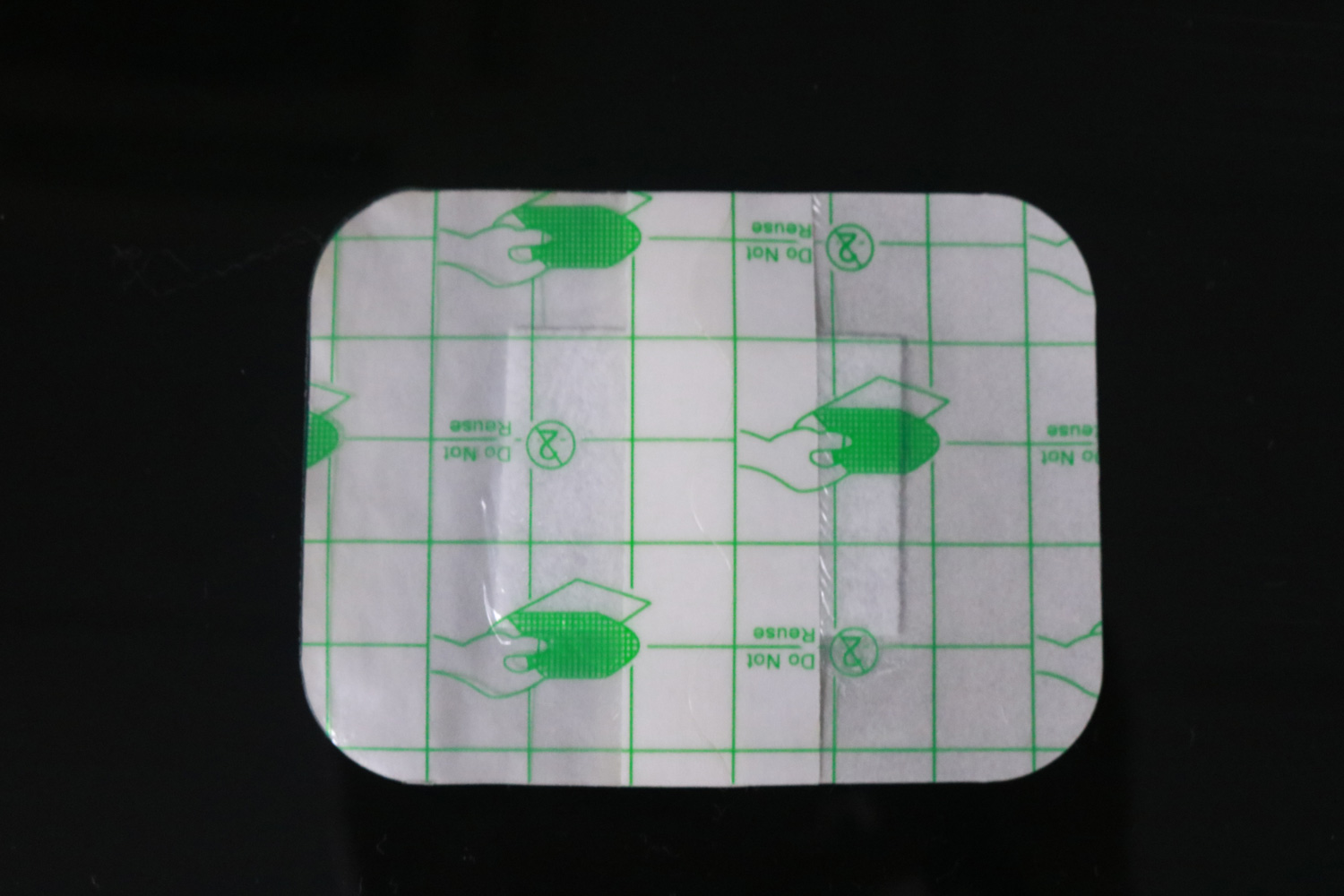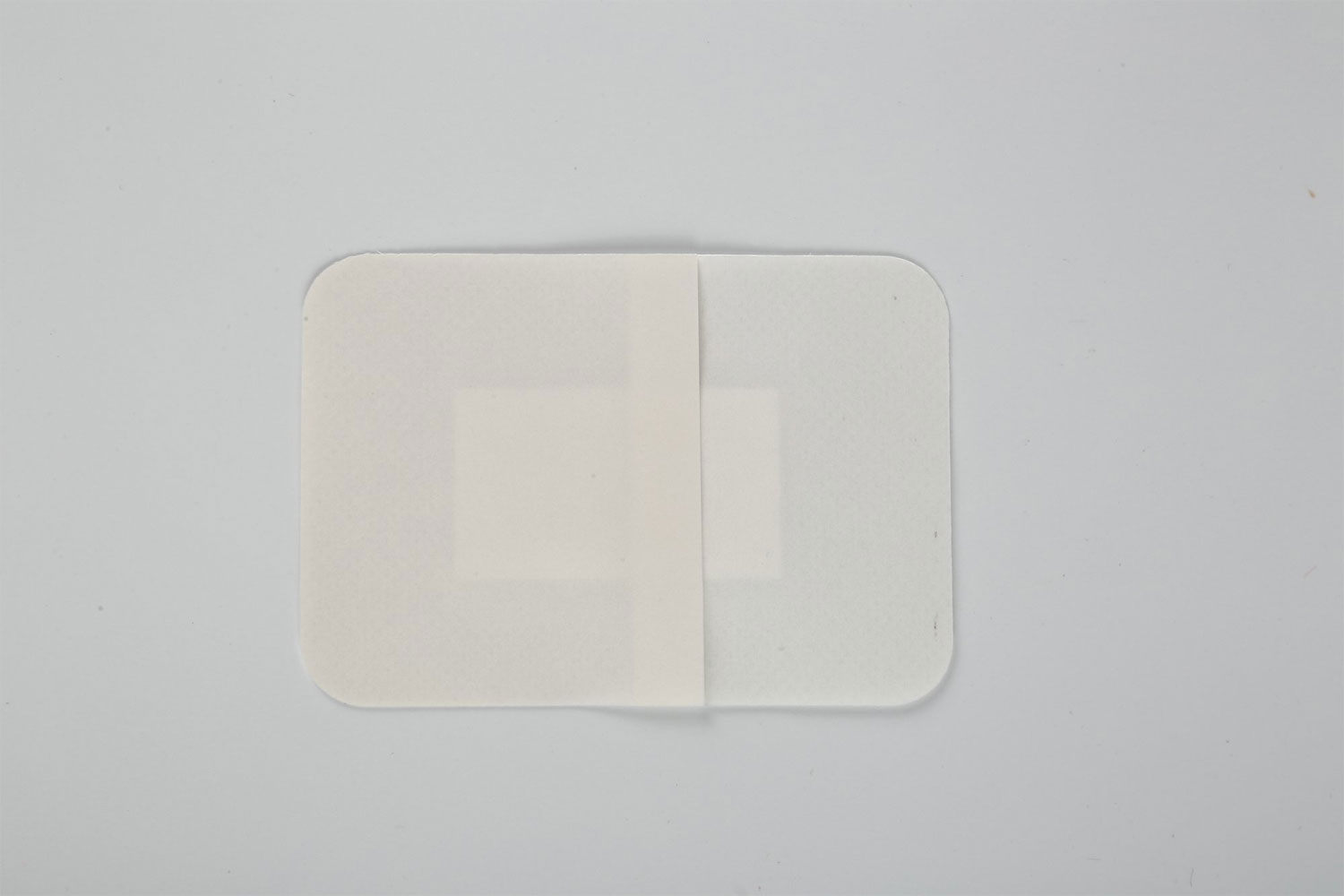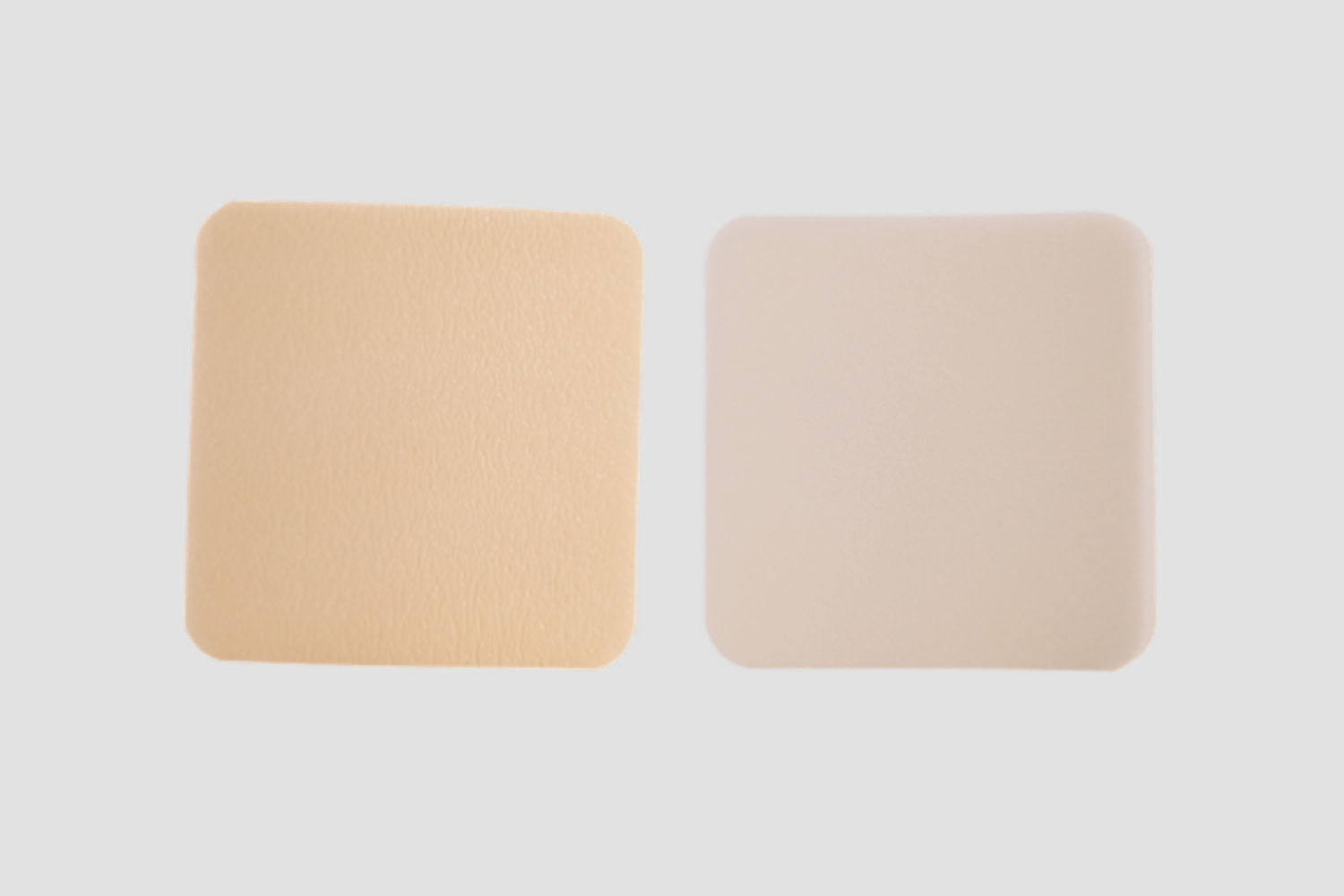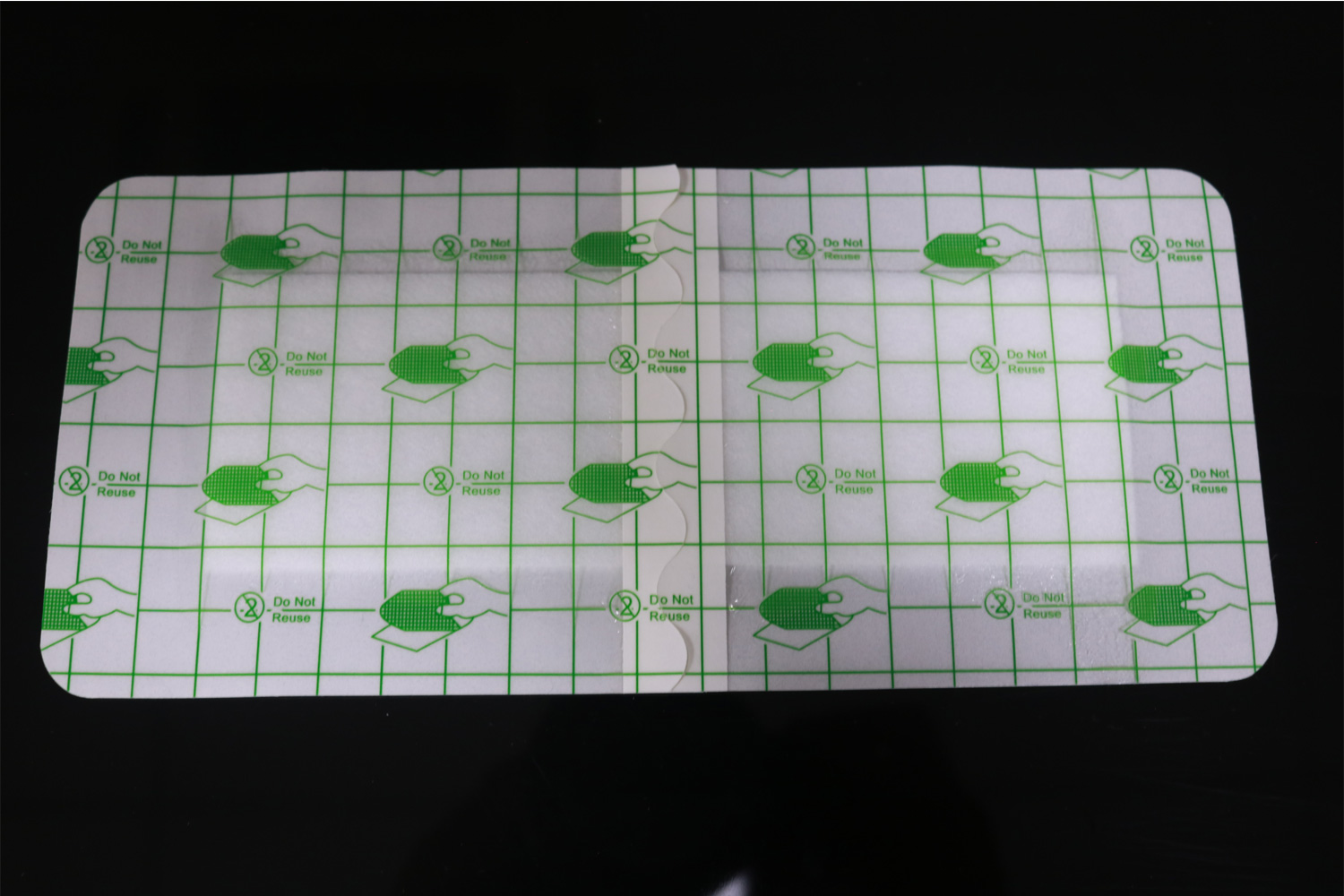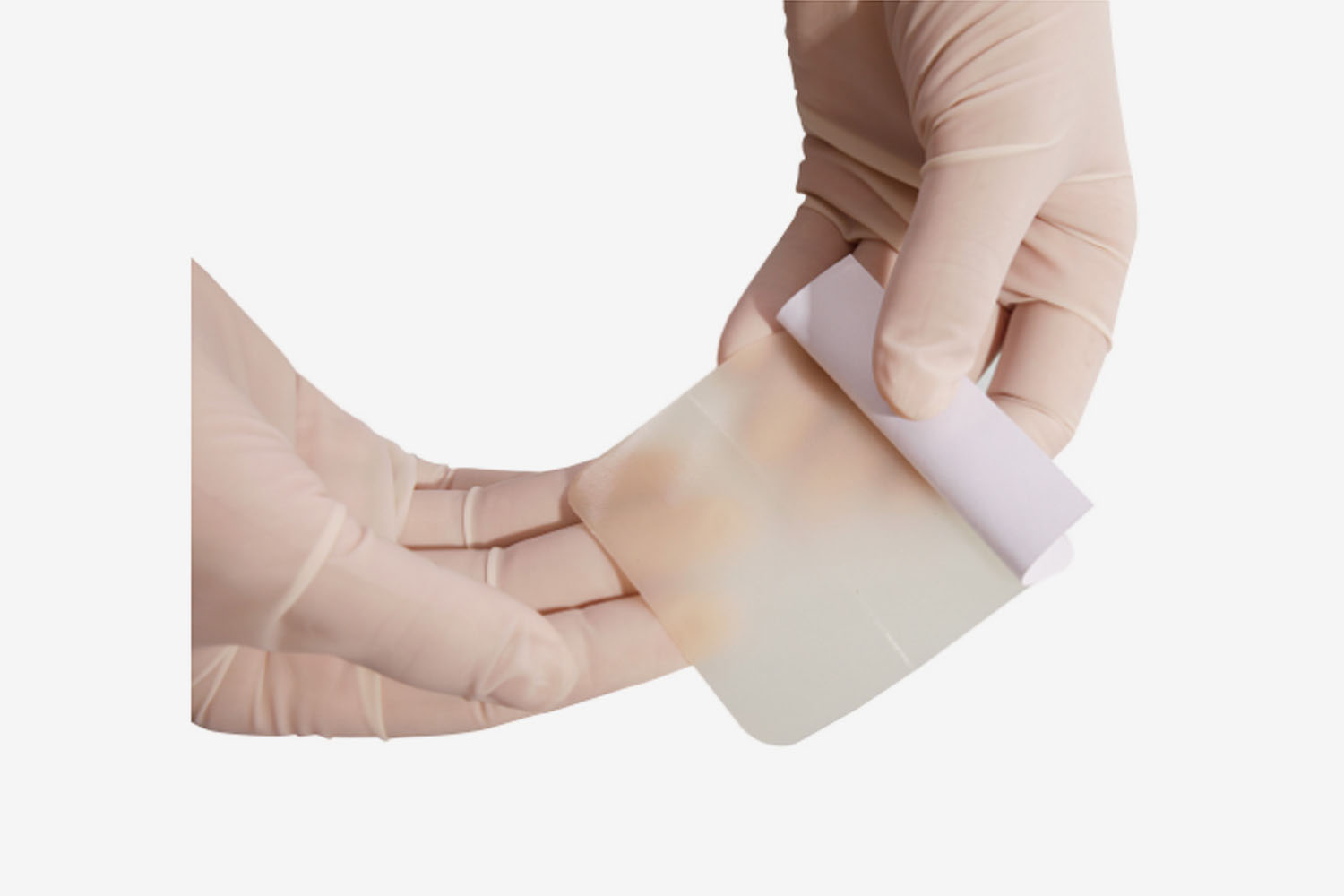Instructions for using Film Dressing
Film dressing is a medical product often used for wound care. It's a thin, flexible, transparent film that is applied to protect wounds, promote healing, and maintain a moist environment to prevent infection.
Here's a general guide on how to use film dressing:
Steps for Using Film Dressing
Prepare the Area:
- Clean the wound: Before applying the dressing, ensure that the wound is clean. Wash the area with water or a mild antiseptic solution to remove dirt or bacteria.
- Dry the wound: Gently pat the skin around the wound with a sterile gauze or clean towel to ensure it's dry.
Prepare the Film Dressing:
- Choose the right size: Select a film dressing that covers the entire wound with a small border around the edges.
- Check for a sterile package: Ensure the dressing is in a sterile package to avoid contamination.
- Open the packaging: Carefully open the sterile packaging. Avoid touching the adhesive side to keep it sterile.
Apply the Dressing:
- Position the dressing: Hold the dressing by its edges, ensuring the non-adhesive side will face the wound. Position it directly over the wound, ensuring that it covers the wound completely.
- Press it down: Gently press down on the dressing to make sure the adhesive sticks around the edges of the wound. Ensure that the dressing adheres well to the skin surrounding the wound, but be careful not to stretch the film too tightly.
Ensure Proper Seal:
- Seal the edges: Ensure the film dressing's edges are securely adhered to the surrounding skin. This creates a barrier that helps prevent water, dirt, or bacteria from entering the wound.
- Smooth out wrinkles: If there are any wrinkles or air bubbles, smooth them out with your fingers to create a flat, even surface.
Check for Comfort:
Ensure that the dressing does not feel too tight or cause discomfort. The film should not restrict movement, and the wound should feel protected.
Change the Dressing as Needed:
- Frequency of changes: Follow the instructions provided by your healthcare provider or the manufacturer's guidelines regarding how often to change the dressing. Typically, it may need to be changed every 2-3 days or when it becomes wet, soiled, or starts to peel off.
- Reapply when necessary: If the dressing becomes wet or starts to peel away from the skin, replace it with a fresh one.
Key Tips:
- Avoid touching the adhesive side: To maintain sterility, avoid touching the sticky side of the Waterproof Film Dressing.
- Monitor for signs of infection: Look for increased redness, swelling, or drainage from the wound, as these could be signs of infection. If you notice any of these symptoms, contact a healthcare professional.
- Use appropriate dressings: Film dressings are typically used for minor cuts, abrasions, or surgical wounds. For more severe injuries, other types of dressings may be required.
When to Remove the Film Dressing
- Remove after prescribed time: Follow the instructions or guidance from your healthcare provider about when to remove the dressing. Generally, it's safe to leave the dressing on for several days.
- Gently remove the dressing: When it’s time to remove the dressing, carefully peel it off. If it sticks to the wound, you can moisten it with saline or clean water to make removal easier.
Always follow the advice of a healthcare professional for your specific injury or condition to ensure proper wound care and healing.



